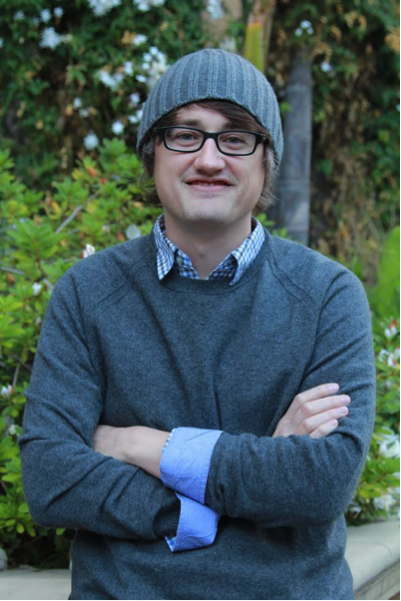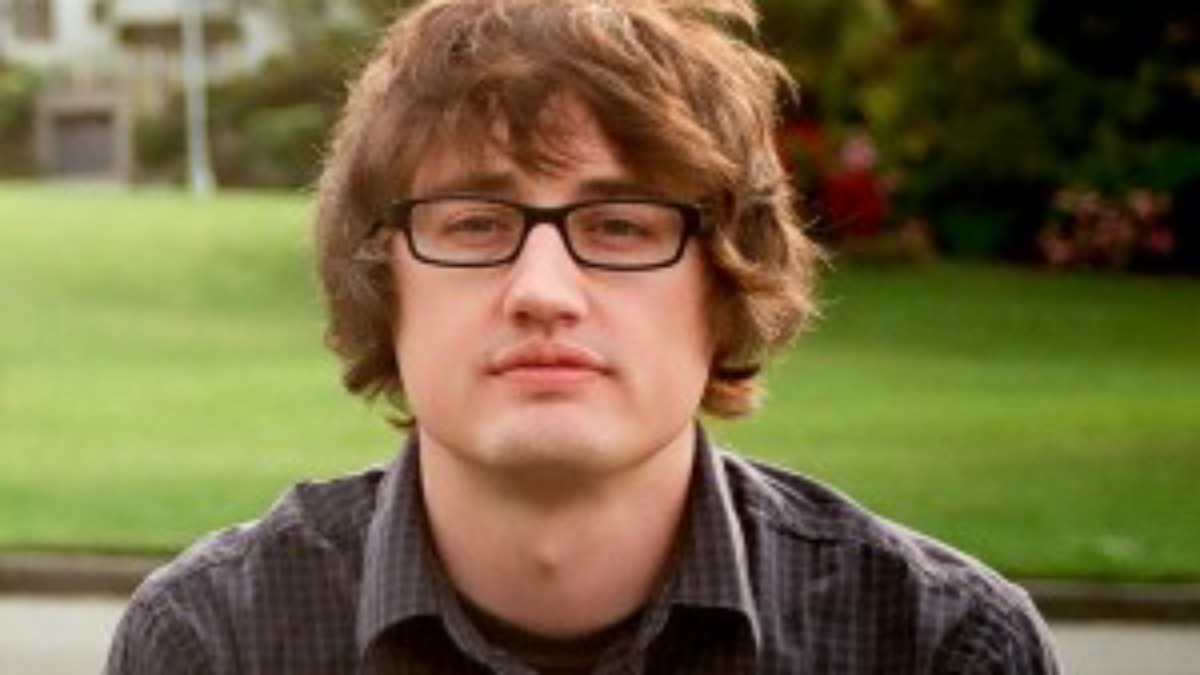
To jump start the New York theatrical opening of MAN FROM RENO CineVue spoke with writer director Dave Boyle (WHITE ON RICE, AAIFF 10 and SURROGATE VALENTINE). A “Hitchcockian” mystery set outside of San Francisco brings together small-town sheriff Paul Del Moral (Pepe Serna), Japanese author Aki Akahori (Ayako Fujitani), and a traveler from Reno who soon disappears, leaving behind his suitcase and a trail of questions. MAN FROM RENO opens Friday March 27 at the Regal E-Walk Times Square.
CINEVUE: Now the film is often characterized as a “cross-cultural neo-noir” – to what extend was this your original idea for the film? Two storylines, two languages, two styles – what was the creative process for this parallel structure? Were the two stories written simultaneously? Or did it simply originate from your idea to create stories for the two lead actors?
DAVE BOYLE: The idea of two parallel mysteries in different languages was the bedrock of the movie. I wanted to feature two “detectives” who are both an unlikely team and who are not the usual square-jawed cop types we see in these movies all the time.
We wrote the two stories simultaneously, but it took quite a bit of trial and error to find the tone and the balance between the storylines. From the beginning, however, we knew that the stories shouldn’t intersect until late in the story.
One thing for sure: there was never anybody in my mind for either role but Ayako Fujitani and Pepe Serna. The roles were written for them.
CV: To me De Moral’s story is sort of like a Coen Western; Aki’s story has the feel of Japanese detective story. What links the two stories is sort of an existential query. Again how did it occur to you that you could make this connection?
DB: I did think of Del Moral as being a kind of modern cowboy. He rides into the story with very little backstory, but he is kind of the moral rock of the whole thing.
Parts of Aki’s story were inspired by classic Japanese detective novels by Seicho Matsumoto. Matsumoto’s novels were highly procedural, but always centered around people who were very sharply drawn and had fascinating psychological depth. Aki’s not a perfect person, nor is she a Miss Marple type detective who doesn’t change or grow. She goes through a real journey through this story.
Making the connection between these two highly disparate characters was our central challenge as filmmakers. It’s all within the context of a fun and enjoyable mystery, but I hope people come away from the movie with genuine affection for these two characters.
CV: How did you strike the perfect timing, as these two parallel stories work on their own and the way they cross over and then bifurcate seems effortless. What’s the trick to achieve that? And also, what is the trick to get people’s attention without spoiling the suspense, especially when you need to do a Kickstarter to convince people of the project’s potential, what’s the trick for that?
DB: Timing is often a matter of opinion, and I did get feedback at the script level along the lines of “shouldn’t they team up sooner rather than later?” Sometimes it just comes down to following your gut for better or worse.
Avoiding spoilers is a never ending challenge for this movie. Even our trailer probably makes it look like Ayako and Pepe meet in the first reel. I think it’s important to give people a little taste of what’s to come while concealing as many medium and big surprises as you can. Hopefully people walk in knowing what kind of movie this is without knowing all of our secrets.
CV: Some of the objects – if it is not too much spoiling the film- how did you come up with them, like the lettuce/cabbage? And San Francisco is, to me, faceless in this story, and most of the SF scenes are indoors. Is it a SF that you are familiar with or want to create/imagine? And how did you work with your team to really transform the image of SF?
DB: I don’t remember how lettuce first came into play, I just remember imagining what the weirdest things you could find in someone’s suitcase would be and lettuce came to mind. Later on when the MacGuffin came into play, it made perfect sense. The lettuce/ cabbage wordplay came out of rehearsal. Hiroshi Watanabe said “cabbage” at one point which made Ayako correct him, and I thought it was hilarious so we kept that in.
The San Francisco of the story is a little bit stylized. We wanted to evoke a nostalgic feeling of the city of the past without making it too over the top or cartoonish. The Hotel Majestic really defined the look of the film. It has a golden-brown color scheme and feels like it hasn’t changed in 70 years.
Cinematographer Richard Wong and I talked a lot about the color brown, and about choosing locations and shots in San Francisco that emphasized the old instead of the shiny new. Production designer Katy Porter and costume designer Irene Chan did a great job of adding subtle details that pushed things in a stylish direction without going too far. In particular, I love the hat that Irene found for Aki to wear.
CV: About casting. Kitmura-san has worked in a lot of international co-productions. How did he come on board? How did he work with the two actors despite his limited screen time? And he has talked about the importance of working with foreign directors and understanding what they want. What did you tell him what you want from him? Hitchcock? Polanski? How was your experience working with him, compared to your experiences with the Dave Boyle’s repertoire cast?
DB: My casting director in Japan, Satoshi Mashida, sent Kazuki the script and luckily he really responded to it. We spoke on Skype and found that we had very similar ideas for the movie. The part was a little vague in the original script—I think I was waiting to see who would end up playing the part—but once Kazuki came on board we worked out lots of details that made his character stand out despite a relative lack of screen time.
I basically told him that I wanted him to follow his instincts but at the same time give a subdued, low-key performance. Generally I like understated acting. He wanted to underplay his more villainous scenes and I think the result was great. We had an easy time working together. I speak Japanese well enough to stumble through directing a movie, and he really knows what he is doing.
While we didn’t know each other very well when we started shooting, we got along great and by now I think we have enough of a shorthand developed with each other that we could work together again easily.
CV: How is the film received in Japan? How was your Japan Cuts? And how did it feel winning at LAFF?
DB: We just had our Japan premiere at the Osaka Asian Film Festival and the word of mouth on Twitter was great. I hope it continues to play well there. Japan Cuts was great, especially since we hadn’t seen Kazuki in so long. Winning at LAFF was crazy. I didn’t make this movie with any kind of awards expectations so that, plus the Spirit Award nomination, was way beyond anything I had hoped for. I hope the accolades inspire people to come out and see it in theaters!
CV: What’s your next project? Are we going to see serial thriller now or are you trying something totally different?
DB: My next few projects are dramatic thrillers, and I’m also co-writing a slightly more comedic script with my friend Matt Warren. I’m enjoying playing in this sandbox for now, and while my next few things aren’t as “mystery! mystery!” as Reno, they certainly have some of the same DNA.
* * *

